Results
Visual observation
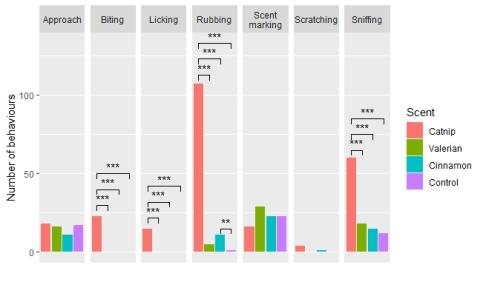
Olfactory treatment
The catnip treatment was found to induce a significantly higher number of biting, licking, rubbing, and sniffing than the control, cinnamon and valerian treatments. The lynxes interacted significantly more with the catnip treatment compared to the other two treatments and control.
The cinnamon treatment was found to induce significantly higher number of rubbing than the control treatment.
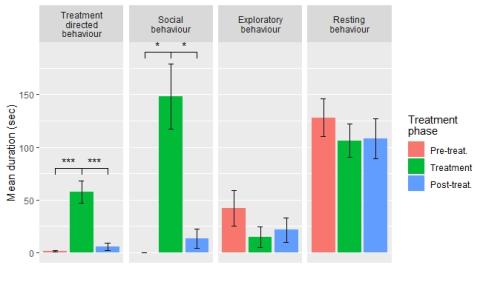
Auditory treatment
The sound treatments were found to induce a significantly higher duration of sound-directed behaviours (alert, approach, investigate, retreat, watching) compared to the pre-treatment and post-treatment phase
The sound treatments were found to induce a significantly higher duration of social behaviour compared to the pre-treatment and post-treatment phase
During the treatment phase, the lynxes spent more time directed towards the treatment when roe deer barks, lynx calls and lynx growls were played compared to the control sounds.
During treatment phase, the lynxes spent more time on social behaviour when the lynx calls were played compared to the control, lynx growls, roe deer barks and mouse sounds.
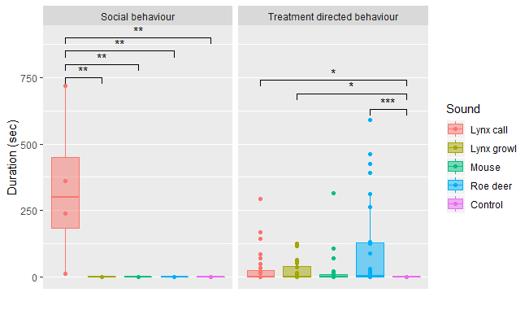
The cricket treatments were found to induce a significantly higher duration of approach behaviours compared to the pre-treatment and post-treatment phases.
Automatic logging
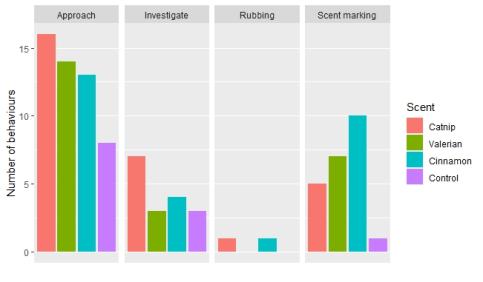
Reconyx hyperfire camera
The total number of photos taken was 93, including all 9 treatments for all animal. For each photo only one behaviour (approach, investigate, rubbing or scent marking) was recorded. Approach was seen in 51 photos, investigate in 17 photos, rubbing in 2 photos and scent-marking in 23 photos .
There was no significant differences in the number of the selected behaviours between the scents
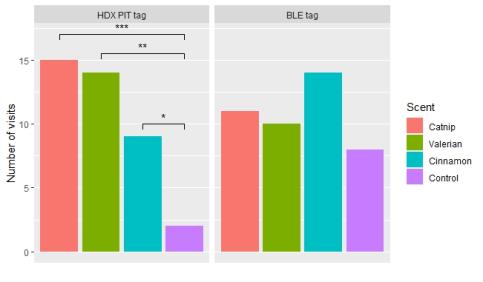
HDX PIT tag
The lynxes visited more often the catnip treatment compared to the control. There was also significantly more visits with the valerian treatment compared to the control treatment and in the cinnamon treatment compared to the control treatment.
There was no significant difference between the odour treatments and the mean duration of visits per session
BLE tag
There was no significant association between the total number of visits and each odour treatment.
There was no significant difference between the odour treatments and the mean duration of visits per session
Pacing
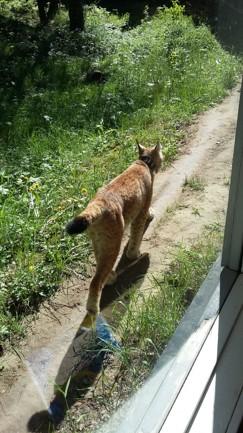
Responsible for this page:
Director of undergraduate studies Biology
Last updated:
05/17/19
